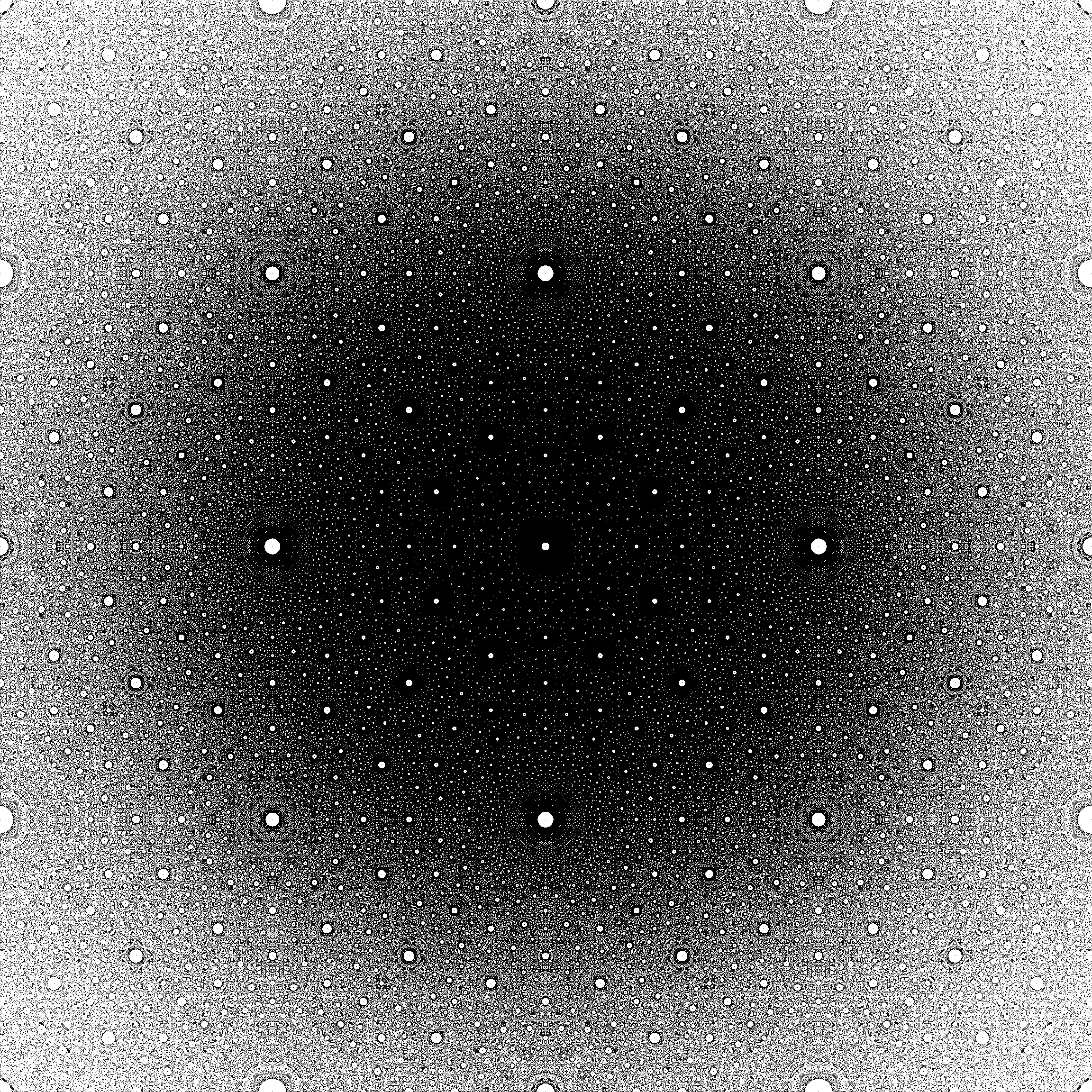Call a point of $\mathbb{R}^d$ rational if all its $d$ coordinates are rational numbers.
Q1. Are the rational points dense on the unit sphere $S :\; x_1^2 +\cdots+ x_d^2 = 1$, i.e. does $S$ contain a dense set of rational points?
This is certainly true for $d=2$, rational points on the unit circle.
Q2. If (as I suspect) the answer to Q1 is Yes, is there a sense in which the rational coordinates are becoming arithmetically more complicated with larger $d$, say in terms of their height?
If $x= a/b$ is a rational number in lowest terms (i.e. gcd$(a,b)=1$), then the height of $x$ is $\max \lbrace |a|,|b| \rbrace$.
This is far from my expertise. No doubt this is known, in which case a pointer would suffice. Thanks!
(Added, 22Mar13). I just found this reference.
Klee, Victor, and Stan Wagon. Old and new unsolved problems in plane geometry and number theory. No. 11. Mathematical Association of America, 1996. p.135.



